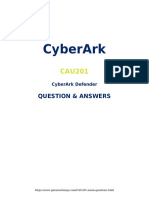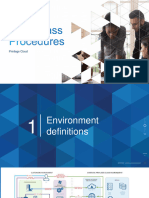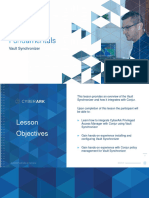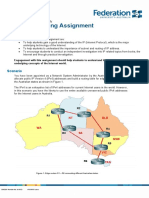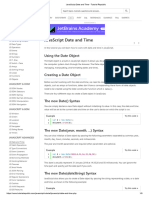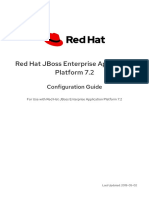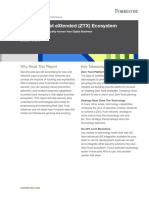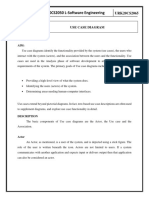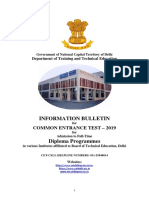0% found this document useful (0 votes)
119 views17 pagesCyberArk PAM
CyberArk PAM (Privileged Access Management) is a solution designed to securely manage privileged accounts with elevated permissions, enabling tasks such as system configuration and user management. It addresses risks associated with privileged accounts through features like password management, session monitoring, and secure connections. While CyberArk offers enhanced security and compliance, it can be complex and costly to implement and maintain.
Uploaded by
chaurasiakrishna777Copyright
© © All Rights Reserved
We take content rights seriously. If you suspect this is your content, claim it here.
Available Formats
Download as PPTX, PDF, TXT or read online on Scribd
0% found this document useful (0 votes)
119 views17 pagesCyberArk PAM
CyberArk PAM (Privileged Access Management) is a solution designed to securely manage privileged accounts with elevated permissions, enabling tasks such as system configuration and user management. It addresses risks associated with privileged accounts through features like password management, session monitoring, and secure connections. While CyberArk offers enhanced security and compliance, it can be complex and costly to implement and maintain.
Uploaded by
chaurasiakrishna777Copyright
© © All Rights Reserved
We take content rights seriously. If you suspect this is your content, claim it here.
Available Formats
Download as PPTX, PDF, TXT or read online on Scribd
/ 17





























